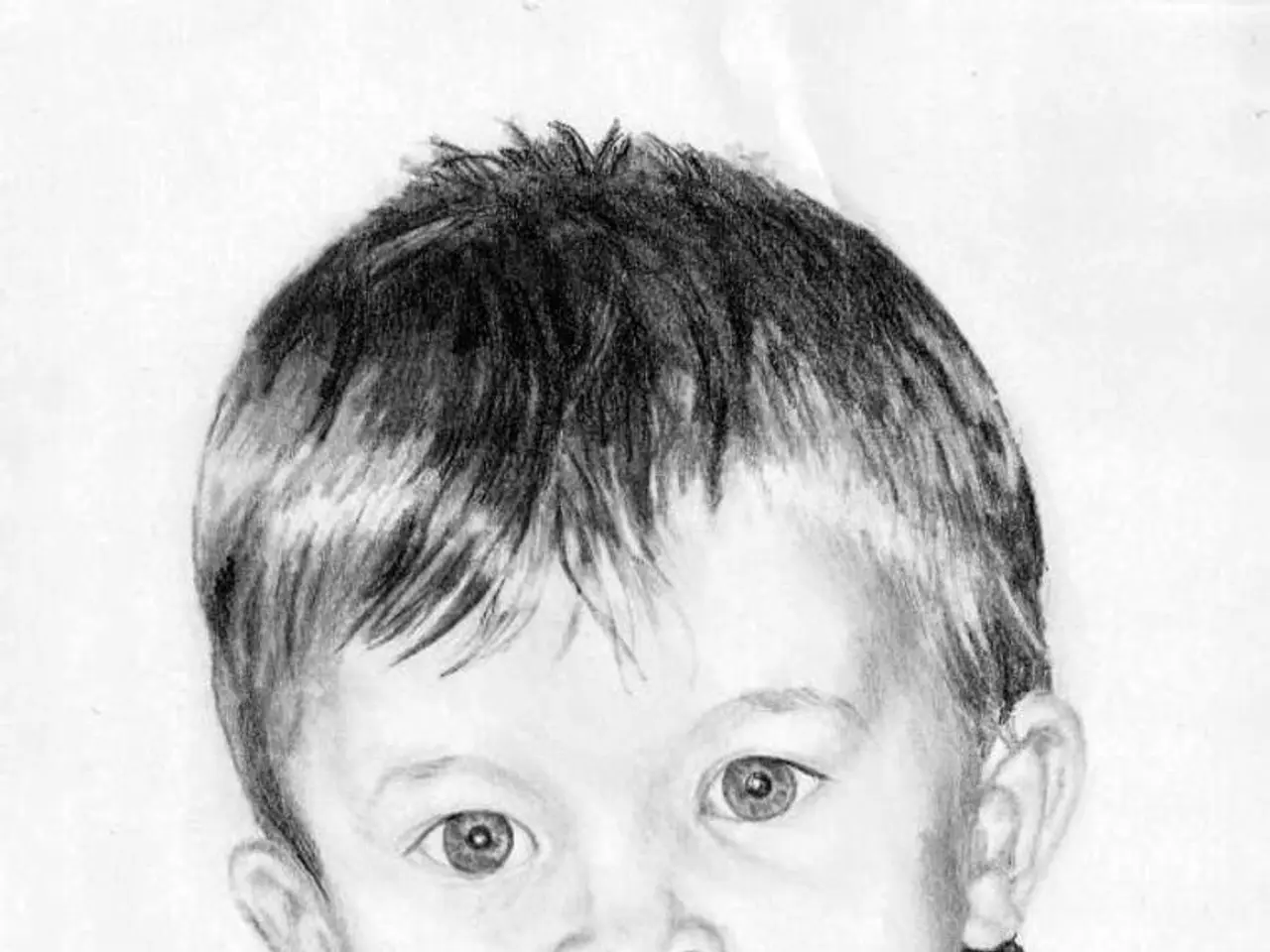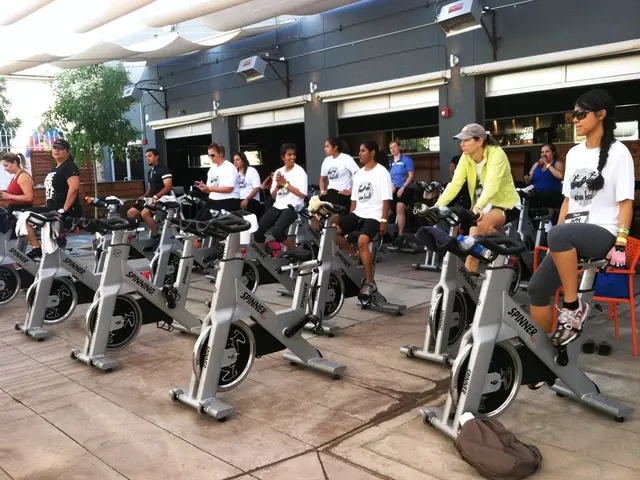Insights on Juvenile Idiopathic Arthritis: Symptoms, Causes, and Treatments
Juvenile Idiopathic Arthritis (JIA), the most common form of arthritis in children, is a long-term condition that can cause stiffness, swelling, and pain in the joints. This article aims to provide a comprehensive overview of JIA, its symptoms, diagnosis, and treatment.
JIA often presents with symptoms such as joint pain, stiffness, reduced range of motion, warm and swollen joints, limping, redness in the affected area, swollen lymph nodes, and recurrent fevers. In some cases, it may affect one joint or multiple joints, and in severe cases, it can affect the entire body.
Early diagnosis and treatment are crucial to prevent the disease from becoming more severe and spreading to other joints. A thorough physical exam, detailed medical history, and various diagnostic tests such as C-reactive protein test, rheumatoid factor test, antinuclear antibody test, HLA-B27 test, X-ray or MRI scan can help in diagnosing JIA.
Children with mild to moderate JIA can usually recover without complications, but JIA is a long-term condition that often causes occasional flare-ups. Various treatments can effectively manage and minimize the effects of JIA. Medical treatment may include nonsteroidal anti-inflammatory drugs (NSAIDs), while stronger medications like disease-modifying antirheumatic drugs (DMARDs) and biologics are used for more advanced cases.
DMARDs, such as methotrexate, sulfasalazine, and leflunomide, work to suppress the immune system and modify the course of the disease. Biologics, like abatacept, rituximab, tocilizumab, TNF inhibitors, and others, directly target specific molecules or proteins involved in the disease process.
Physical therapy can help children with JIA to build strength, restore flexibility, and prevent joint damage. A healthy diet and regular exercise are beneficial for children with JIA, helping to maintain appropriate body weight, strengthen muscles, and improve joint flexibility.
It's important to note that untreated JIA can lead to complications such as anemia, long-term recurring pain, joint destruction, stunted growth, uneven limbs, changes in vision, pericarditis, and others. Possible long-term consequences of juvenile idiopathic arthritis include chronic joint damage, functional impairment, growth disturbances, and increased risk of physical disability.
JIA is primarily an autoimmune disease, where the immune system mistakenly attacks harmless cells. This means that the body's defence system, designed to protect against harmful substances, instead causes inflammation and damage in the joints.
While there is no cure for JIA, early and effective treatment can significantly improve a child's quality of life and help them manage the condition effectively. It's essential for parents and guardians to be aware of the symptoms, seek medical advice promptly, and work closely with healthcare professionals to ensure the best possible outcomes for their child.
In the United States, an estimated 300,000 children have a form of arthritis. With the right care and support, many of these children can lead active, fulfilling lives despite their condition.





